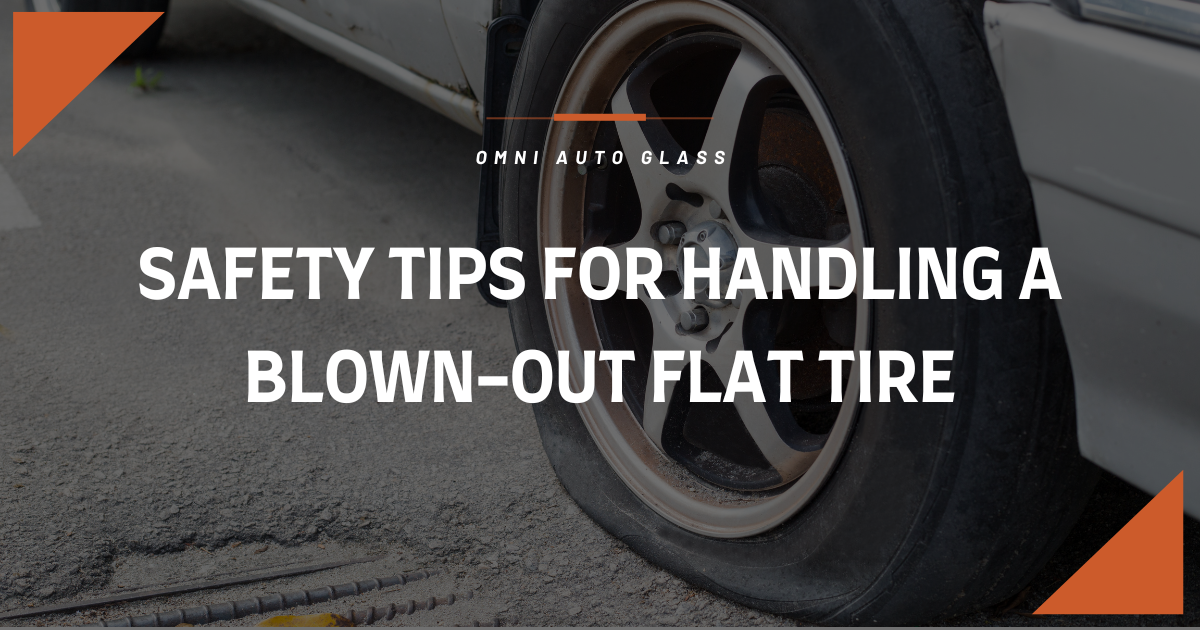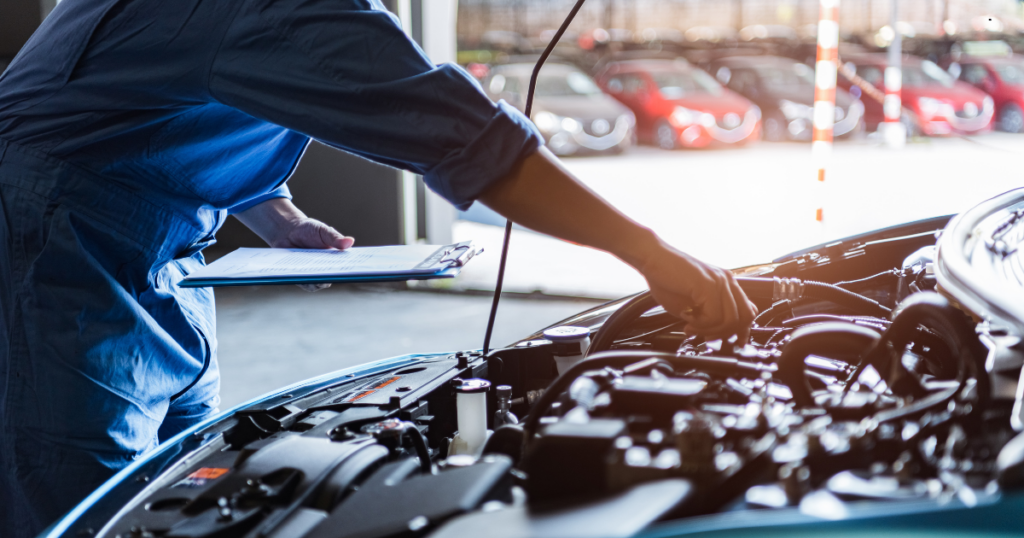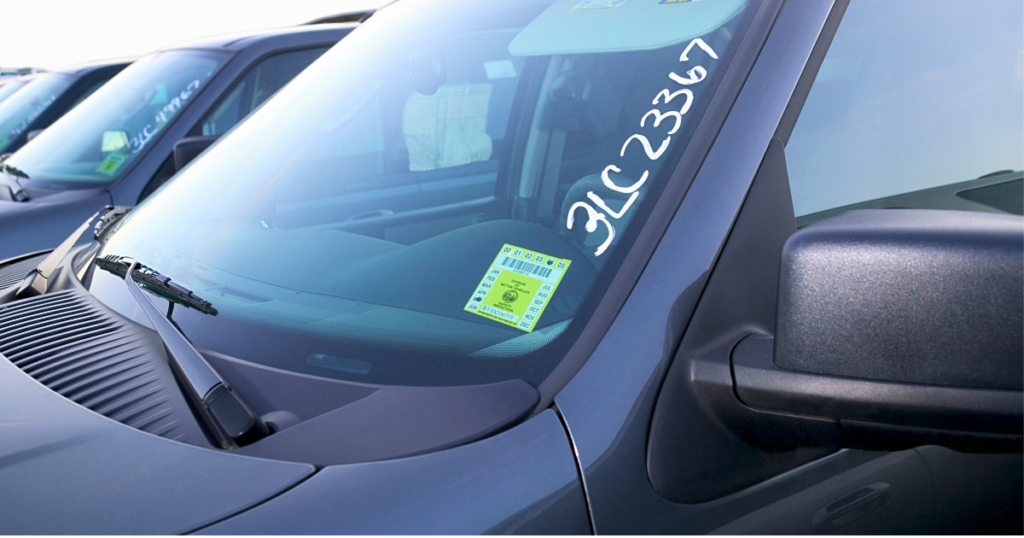Experiencing a tire blowout can be a terrifying ordeal. The sudden loss of control, the loud noise, and the immediate need to act can send anyone into a panic. However, knowing how to handle a blown-out flat tire can make a significant difference in your safety and the safety of those around you. This article will provide you with essential safety tips for dealing with tire blowouts, preventive measures to avoid such incidents, and steps to take if you find yourself with a blown-out flat tire.
Understanding Tire Blowouts
Tire blowouts occur when a tire suddenly bursts, causing rapid deflation. This can be caused by various factors, including under-inflation, overloading, damage from road hazards, or simply worn-out tires. On highways, where speeds are higher, the risks associated with a tire blowout increase significantly. It’s crucial to understand what causes tire blowouts and how to prevent them.
Preventive Measures
Regular Tire Maintenance
Regular tire maintenance is the first line of defense against blowouts. Check your tire pressure at least once a month and before long trips. Use a reliable tire pressure gauge to ensure your tires are inflated to the manufacturer’s recommended levels. Under-inflated tires generate more heat and are more likely to blow out.
Checking Tire Tread
Inspect the tread depth of your tires regularly. Tires with low tread are more prone to blowouts. You can use the penny test: insert a penny into the tread with Lincoln’s head upside down. If you can see the top of Lincoln’s head, it’s time to replace your tires.
Avoiding Overloading
Overloading your vehicle puts additional stress on your tires, increasing the risk of a blowout. Always adhere to the vehicle’s load rating, which can be found in the owner’s manual or on a sticker inside the driver’s side door.
Routine Inspections
Perform routine tire inspections to check for signs of damage such as cuts, bulges, or punctures. If you notice any abnormalities, have your tires checked by a professional immediately.
Immediate Actions During a Tire Blowout
The most important thing to do during a tire blowout is to stay calm and maintain control of the vehicle. Sudden movements can make the situation worse, so grip the steering wheel firmly. Avoid the natural instinct to slam on the brakes, as this can cause a loss of control. Instead, gently ease off the accelerator and let the vehicle slow down gradually. As you decelerate, steer the vehicle towards a safe location off the road, aiming for the shoulder or an emergency lane if available. Use your hazard lights to alert other drivers that you are experiencing an emergency.
Post-Blowout Safety Tips
Assess the Situation
Once you’ve safely stopped, assess the situation. If you’re on a busy highway, it might be safer to remain in your vehicle with your seatbelt fastened. If you decide to exit the vehicle, do so from the side away from traffic.
Changing the Tire
If you know how to change a tire and it’s safe to do so, retrieve your spare tire and jack from the trunk. Follow your vehicle’s manual for instructions on how to properly change the tire. Make sure your vehicle is on a flat, stable surface before you begin.
Calling for Professional Help
If you’re unable to change the tire yourself or don’t feel safe doing so, call for professional roadside assistance. Many insurance policies include this service, so make sure to have the contact information handy.
Safety Measures While Waiting for Assistance
While waiting for help to arrive, ensure you and your passengers stay away from traffic. If possible, stand behind a barrier or move to a safer location away from the road. Keep your hazard lights on to increase visibility.
Long-Term Safety Practices
Implementing long-term safety practices is essential for preventing tire blowouts and ensuring a safe driving experience. Regular tire inspections can prevent many blowouts, so make tire checks a part of your routine vehicle maintenance schedule. Pay close attention to the age of your tires; even if they appear to be in good condition, they should be replaced every six years to ensure optimal performance and safety.
Proper tire storage is also crucial for extending their lifespan. Store tires in a cool, dry place away from direct sunlight to prevent deterioration. If you’re storing tires for an extended period, consider using tire covers to protect them from dust, moisture, and other environmental factors that could cause damage.
Additionally, investing in high-quality tires is a key factor in preventing blowouts. Choose tires that are appropriate for your vehicle and driving conditions, and avoid skimping on quality. High-quality tires are an investment in your safety, providing better durability, traction, and overall performance.
By adhering to these long-term safety practices, you can significantly reduce the risk of tire blowouts and ensure a smoother, safer driving experience.
Conclusion
Dealing with a tire blowout can be daunting, but with the right knowledge and preparedness, you can handle such situations effectively. Prioritize tire safety and regular maintenance to ensure a smooth and safe driving experience. Remember, staying calm and knowing what to do can make all the difference when faced with a blown-out flat tire.
By following these tips and maintaining your tires properly, you can reduce the risk of blowouts and stay safe on the road.
Back to top: Safety Tips for Handling a Blown-Out Flat Tire



